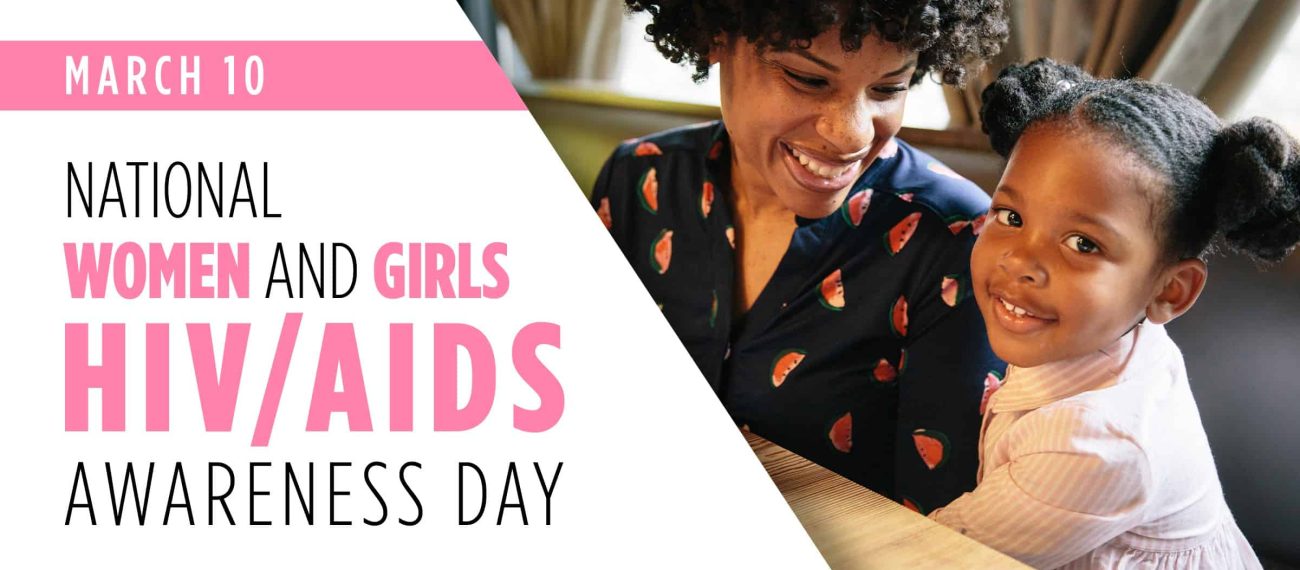March is Women’s History Month, and March 10 marks National Women and Girls HIV/AIDS Awareness Day.
The day, sponsored by the U.S. Department of Health and Human Services’ Office on Women’s Health, raises awareness, sparks conversations and highlights the work being done to reduce HIV among women and girls in the United States while showing support for those with HIV.
There were 37,968 new HIV diagnoses in the U.S. and dependent areas in 2018, and of those, 19% (7,190) were among women. Most new HIV diagnoses among women were attributed to heterosexual contact.
HIV diagnoses decreased 7% among women earlier in the decade, from 2014-2018. Trends varied for different groups of women, but HIV diagnoses declined for groups most affected by HIV, including Black/African-American women and women aged 25-34.
It’s important for women to know their HIV status so they can take medicine to treat the virus. Taking HIV medicine every day can make the viral load undetectable. People who get and keep an undetectable viral load can stay healthy for many years and have effectively no risk of transmitting HIV to their sex partners.
Compared to all people diagnosed with HIV, women have lower viral suppression rates. More work is needed to increase these rates. For every 100 women diagnosed with HIV in 2018, 76 received some HIV care, 58 were retained in care, and 63 were virally suppressed. For comparison, for every 100 people overall diagnosed with HIV, 76 received some care, 58 were retained in care and 65 were virally suppressed.
There are several challenges that place some women at a higher risk of HIV.:
- Racism, discrimination and HIV stigma may affect whether some women seek or receive high-quality health care.
- Some women may not know their male partner’s risk factors for HIV (such as injection drug use or having sex with men), and may not use a condom or medicine to prevent HIV.
- Women who may have been exposed to intimate partner violence may be more likely to engage in risky behaviors or be forced to have sex without a condom or medicine to prevent or treat HIV.
- Because receptive sex is riskier than insertive sex, women are more likely to get HIV during vaginal or anal sex than their sex partner.
Using our four strategies, we hope to help all women learn their HIV status, treat people living with HIV, prevent new HIV transmissions, and respond to any potential HIV outbreaks to get services to the people who need them.
Looking for HIV testing or care in Memphis? Check out our Resources Directory.
Source: Centers for Disease Control
